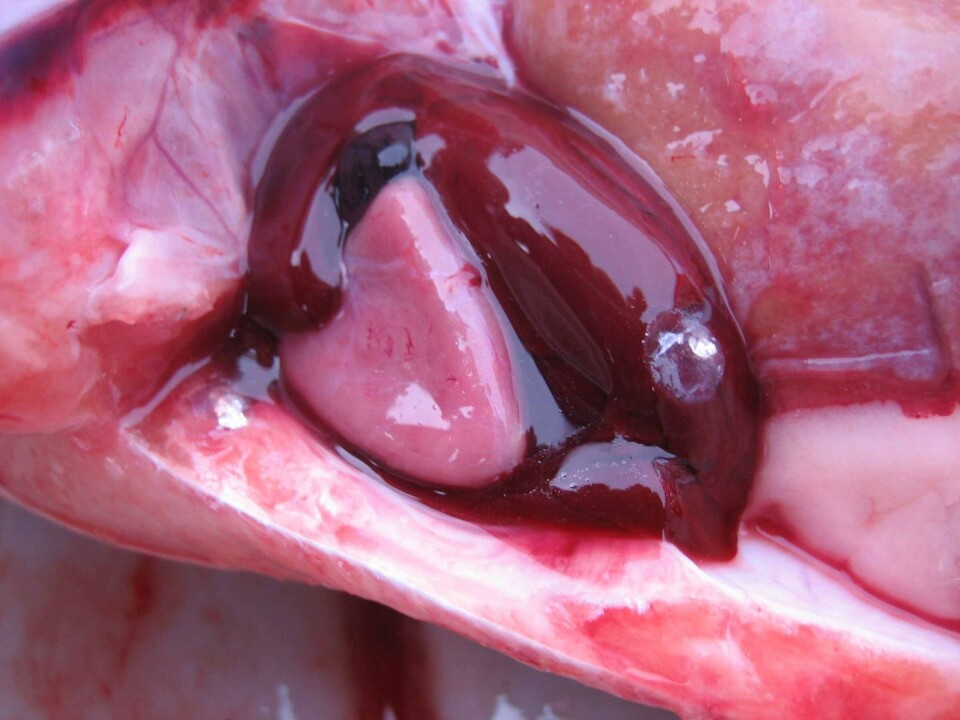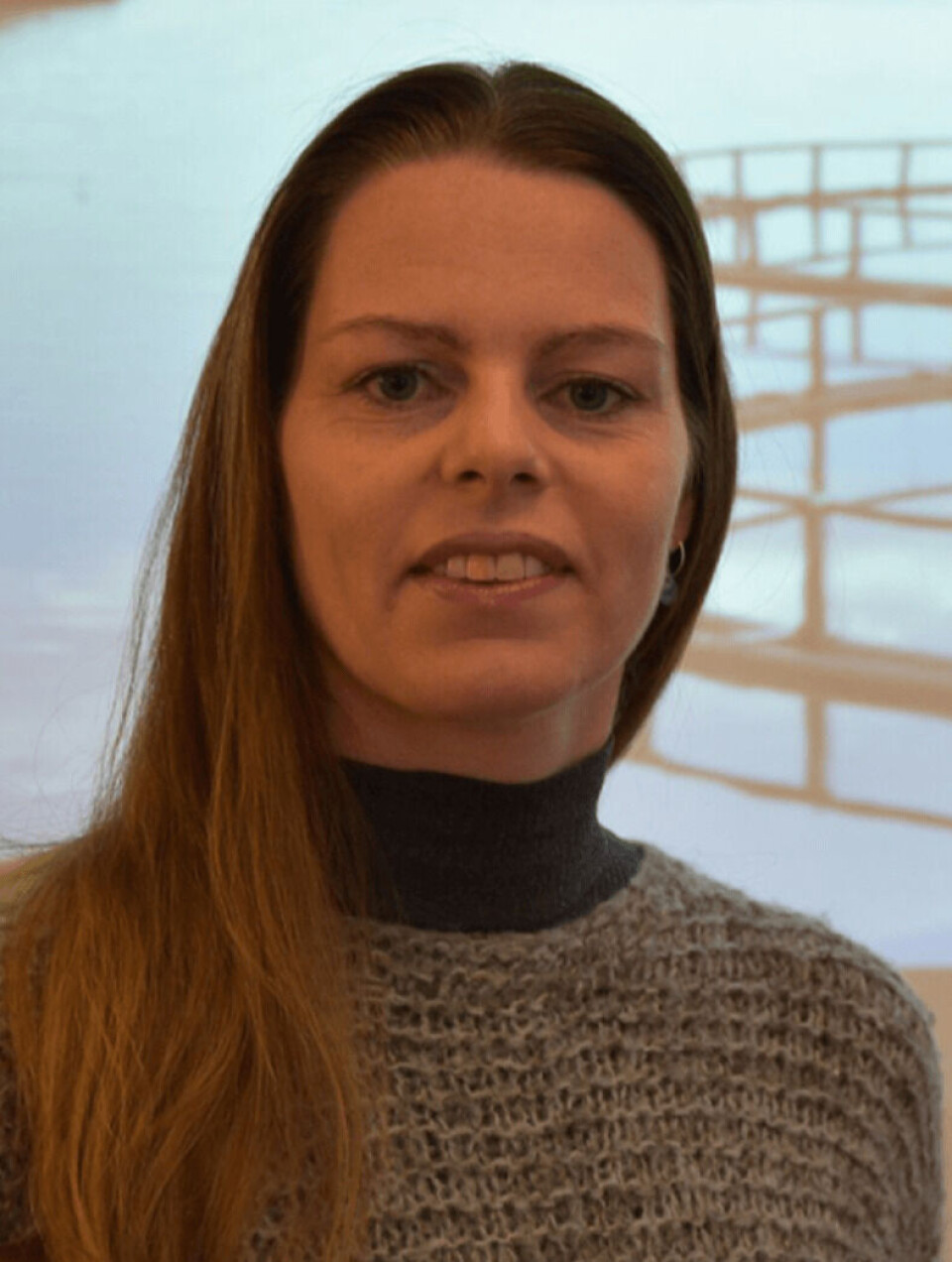
Norway: CMS is a wider problem than thought before
Cardiomyopathy syndrome (CMS) in farmed salmon is more widespread than previously believed, a report from the Norwegian Veterinary Institute shows.
Researchers at the Institute have now completed a three-year project that has provided new knowledge that will affect the approach to CMS in the future. The disease primarily affects large fish, which contributes to significant financial losses.
“The project was initiated by (Norwegian aquaculture research funding body) FHF and at the request of the industry because there was a great desire to know more about CMS. Especially about the epidemiology, ie how the disease spreads and who is affected and whether it can be avoided,” explained Britt Bang Jensen, a senior scientist with the Institute.

Knowledge compilation
According to Bang Jensen, the project was business-oriented and consisted of different parts. One part of the project involved compiling all available knowledge, including scientific articles, lectures and other more unofficial sources.
“We have published the knowledge compilation as a Norwegian report and as a scientific article,” said Bang Jensen.
She further explained that the research part of the project had three different focuses. Part of the project was about the likelihood of vertical transfer from broodstock to fry and smolts.
“The project has also looked at how long it takes from when a farm is infected by the virus until the fish develops disease,” said the researcher.
Unrecorded cases
Previously, according to Bang Jensen, it was thought that the fish were infected late in the production cycle because that was when the fish developed the disease. She said that this is not the case, and that the fish are infected shortly after the cage is stocked.
“The disease is more widely distributed that we previously thought and we believe there are many unrecorded cases,” she said.
The last part of the project looked at risk factors for the development of CMS, with researchers analysing data from one of the major fish farmers, according to Bang Jensen.
“We found that there is a greater risk of developing CMS if one has had pancreas disease (PD) and heart and skeletal muscle inflammation (HMSI) earlier. We have had a hypothesis about this because PD and HSMI are diseases that affect the heart, but we hadn’t seen it demonstrated before,” added the scientist.
Autumn fish more vulnerable
Bang Jensen believes that there are differences between autumn and spring stockings, with fish set out in autumn more likely to develop CMS. In addition, the researchers saw differences depending on which hatcheries the fish came from. She added that it is common to put out fish from different hatchery suppliers within the same farm.
“We saw that fish from some hatcheries had a greater risk of developing CMS, regardless of which farm they were on. This indicates that something is happening during the hatching phase.”
Bang Jensen added that it may be related to genetics, growth conditions or vertical transmission, where broodstock have infected smolts before they have been put into the sea.
Hatchery screening
Because there is no cure for the CMS, Bang Jensen and other researchers have come up with a recommendation for farmers to limit the condition.
“One should find out if the smolts are infected with the virus before they arrive at the farm, for example by introducing screening of the hatchery. Knowing the virus status of a smolt, the genetic background of the fish and whether it has had good growth conditions in the plant is important,” said Bang Jensen.
“It is also important to reduce the incidence of PD and HSMI,” concluded Bang Jensen.























































